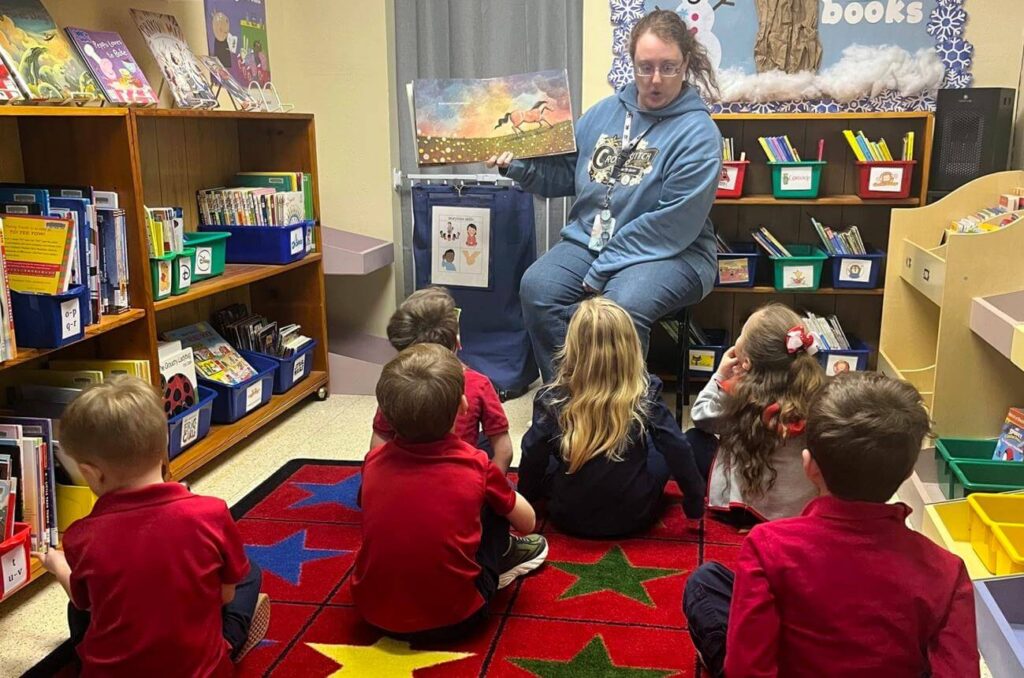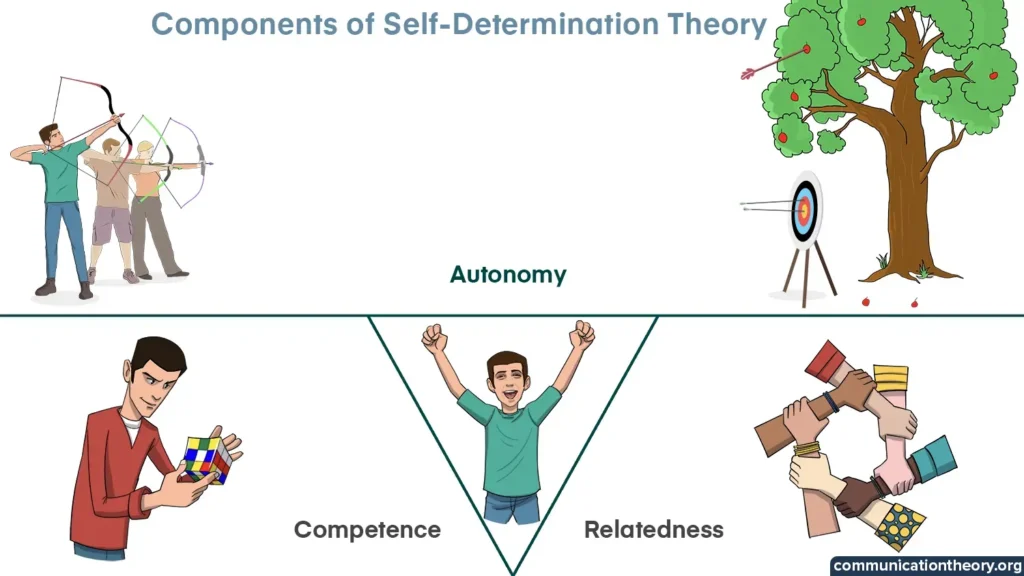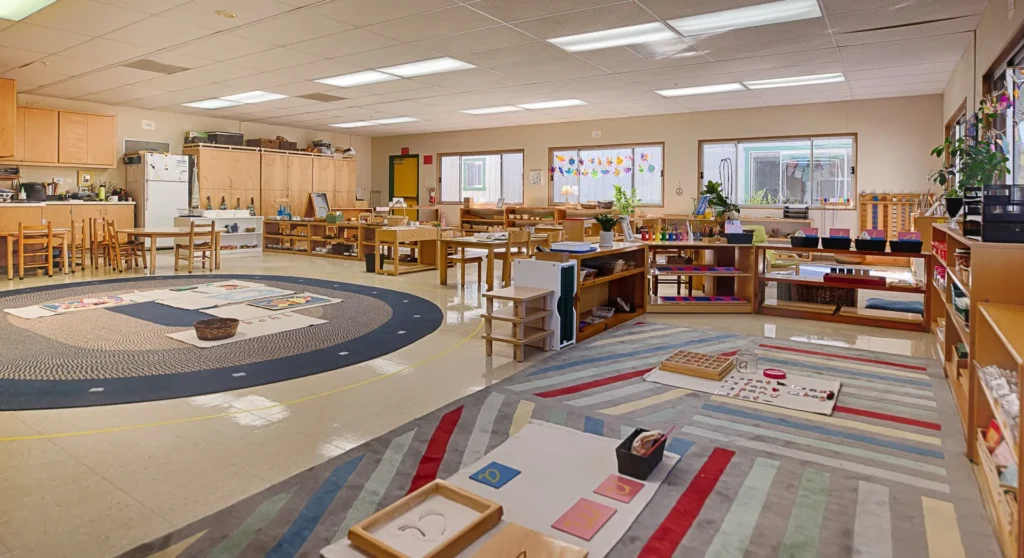Montessori education, which was developed by Dr. Maria Montessori in the early 20th century, is now a well-known and effective educational method. The Montessori method has had an impact on educational practices all over the world due to its emphasis on autonomy and child-centered learning. The key characteristics, successes, and challenges of Montessori schools, as well as the factors that contribute to their effectiveness, are examined in this case study.
An Overview of the Montessori Method’s Background and Context:
Foundations: The belief that children learn best when they are actively involved in their education is the foundation of the Montessori method. Self-directed play, hands-on learning, and group play are emphasized.
Basic Tendencies: Respect for the child’s natural development, a prepared environment that encourages independence, and the teacher’s role as a guide rather than an instructor are key principles.
Influence and development:
Expansion: There have been thousands of Montessori schools operating in a variety of nations ever since the movement’s inception. The strategy has been used in a variety of educational settings, including early childhood and secondary education.
Key Characteristics of Child-Centered Education at Montessori Schools:

Approach: Self-directed learning is encouraged in Montessori classrooms by allowing students to choose activities that interest them and work at their own pace.
Setting of the Classroom: A variety of Montessori materials and resources are provided in classrooms to encourage inquiry and discovery. The environment is carefully planned to minimize distractions and promote independence.
Case Study: Children can choose from a variety of activities at a Montessori preschool, such as building with blocks, working with real-world materials (like pouring water), or exploring sensory activities. Specific abilities and concepts are the focus of each activity.
Classrooms with Students of Various Ages:
Approach: Children of varying ages are frequently placed in the same classroom at Montessori schools for a period of three years.
Benefits: Classrooms with students of varying ages foster peer learning by providing older students with mentors and role models. A sense of community and collaborative learning are fostered by this arrangement.
Case Study: Students between the ages of 6 and 9 collaborate on projects in a Montessori elementary classroom, with older students assisting younger students with tasks and guiding them through difficulties.
Materials for Practicing:
Approach: Specialized, tactile materials are used in Montessori education to teach abstract concepts through concrete experiences.
Materials: Through manipulation and exploration, these resources, like the Montessori Pink Tower and the Binomial Cube, assist children in comprehending scientific and mathematical concepts.
Case Study: A Montessori student studying geometry might use a set of geometric shapes to investigate ideas like angles and symmetry. This would give the student a chance to physically interact with the concepts they are studying.
Teacher’s Role:
Approach: Instead of being an instructor, a Montessori teacher is more of an observer and facilitator.
Role: Students are guided by teachers in accordance with their individual requirements and interests, given access to the resources and assistance they require, and given the freedom to take charge of their own education.
Case Study: A Montessori teacher might observe students working on a group project and give them advice on how to solve problems or give them more information to help them understand.
Achievements and Successes Academic Success:

Outcomes: According to research, students in traditional education settings frequently achieve academically at or above their peers. They usually do well in math, reading, and solving problems.
Case Study: According to a study that was carried out by the American Montessori Society, students who attended Montessori schools performed better than their counterparts in traditional schools on standardized tests in reading and math.
Social and psychological growth:
Outcomes: Self-regulation, empathy, and teamwork are just a few of the social and emotional skills taught in a Montessori classroom. Students at Montessori often have a lot of self-confidence and good interpersonal skills.
Case Study: Students in a Montessori elementary school participate in activities that help them develop strong social skills and emotional resilience by requiring teamwork, negotiation, and conflict resolution.
Promoting Self-Determination and Motivation:

Outcomes: A high level of independence and intrinsic motivation are fostered by the Montessori method. Students learn how to set their own objectives, manage their time, and take charge of their education.
Case Study: A high school student studying Montessori might independently carry out a research project on a subject that interests them, asking their own questions, carrying out experiments, and presenting the results to the class.
Implementation and Consistency: Obstacles and Criticisms
Challenge: The progress of Montessori schooling relies upon loyal execution of the technique’s standards. Results can be affected by practice variations and inconsistent application of Montessori principles.
Response: The method’s integrity can be preserved by ensuring that Montessori schools adhere to established guidelines and providing educators with ongoing training.
Misperceptions and Inaccuracies:
Challenge: Some people have the wrong idea about Montessori education, like the idea that it is loosely structured and doesn’t have enough academic rigor.
Response: These misconceptions can be resolved by educating educators, parents, and policymakers about the research and principles that support Montessori education.
Accessibility and scalability:
Challenge: Due to the cost of materials and the specialized training required, expanding Montessori education and making it accessible to a wider audience can be challenging.
Response: Scholarship programs and community partnerships, which aim to make Montessori education more accessible, can help address scalability and accessibility issues.
The Importance of a Prepared Environment: Lessons Learned

Lesson: The success of the Montessori method shows how important it is to create a learning environment that encourages autonomy and student engagement.
Implication: The physical and organizational aspects of classrooms have an impact on student learning and development, which should be taken into consideration by educators and schools.
Benefits of Personalized Education:
Lesson: The effectiveness of personalized learning, in which instruction is tailored to each student’s requirements and interests, is demonstrated by the Montessori method.
Implication: The incorporation of student choice and personalized learning practices into curriculum should be investigated by educational systems.
Education Training’s Role:
Lesson: The Montessori method can only be effectively implemented by educators who have received adequate training and share its tenets.
Implication: To maintain high standards and achieve positive outcomes, educators need support and ongoing professional development.
Integration with Traditional Education: Future Directions

Direction: Learning outcomes and experiences could be improved by combining Montessori principles with conventional educational methods.
Consideration: There may be new opportunities for education innovation in hybrid models that combine Montessori methods with conventional approaches.
Diversification and Access:
Direction: Promoting equity necessitates expanding access to Montessori education for underrepresented groups and diverse populations.
Consideration: Addressing barriers to diversity and access can be made easier with efforts to expand Montessori programs and provide financial assistance to families.
Evaluation and investigation:
Direction: The effectiveness of Montessori education and best practices can be gleaned from ongoing research and evaluation.
Consideration: Promoting research on the outcomes and implementation of the Montessori method can aid in the creation of educational methods that are based on solid evidence.
Conclusion
A child-centered and experiential approach to education is effective, as demonstrated by the success of Montessori schools. The Montessori method has had a significant impact on educational practices all over the world due to its emphasis on independence, self-directed learning, and respect for the child’s natural development. Even though there are still obstacles to overcome, the lessons that were learned from Montessori education provide useful insights for enhancing and innovating in the field of education.



